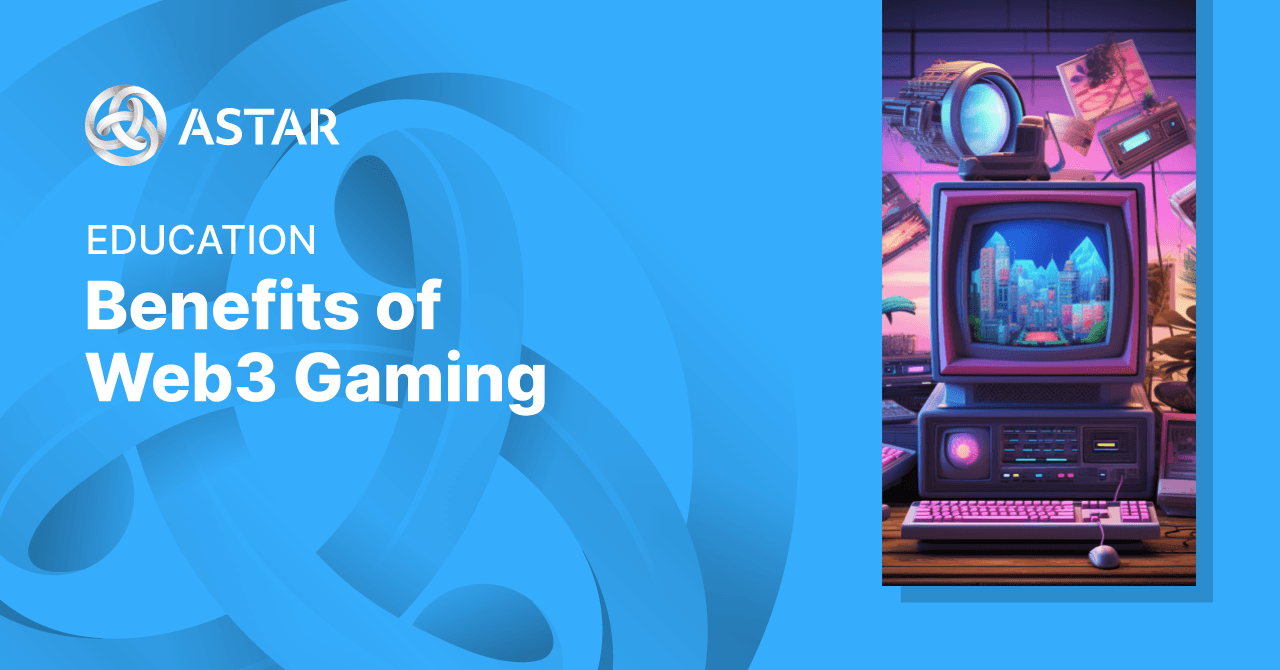Table of Contents
While the first wave of play-to-earn games has calmed down, web3 gaming is here to stay. Countless projects are already building games leveraging blockchain technology and digital assets to increase access, enhance game economics, and empower users.
What is web3 gaming?
In general, people refer to anything as web3 gaming that uses web3 elements such as decentralized networks and NFTs to run a game. Instead of going through a centralized server, on web3 games, players interact directly with other players and in-game assets.
Sometimes, people also use the term GameFi in the same sense, yet GameFi tends to describe more gamified DeFi. An example is Aavegotchi, which gamifies the experience of staking by offering traders NFTs that accumulate rewards for the underlying staked asset.
Typical elements of web3 games include, but aren’t limited to:
- smart contracts: self-executing pieces of code that play a pivotal role in web3 games. They allow for certain game logic to happen whenever a certain set of conditions is met. They usually manage things like ownership, transfers, and trading of in-game assets.
- Crypto wallets: Games sometimes offer users integrated wallets, and other times allow users to connect with their existing wallets. Yet since every action on-chain requires a wallet, every web3 game has them in one form or another.
- NFTs: Inside of games, NFTs usually represent in-game assets such as Avatars, skins, and more. Using NFTs also allows for the creation of a secondary market outside of the game.
- DAOs: Games in web3 aren’t just managed by centralized teams. Sometimes, they choose to empower their players to be part of the development using a DAO structure. Star Atlas is an example of a game where users govern the game through the DAO.
When games implement web3 tech or build web3 games entirely, they can reap a few of the following benefits.
Benefits of web3 gaming
Transparency and availability
When games are on-chain, all economic activity, transfers, and ownership distribution are visible to anyone without revealing the real identities of players. This allows users to verify ownership of assets. Additionally, transparency can contribute to establishing fairness in players since any malicious transactions are more likely to be discovered.
Blockchain games also increase availability as they are open to a global audience; all they need to join is an internet connection and potentially a wallet app.
Interoperability
When players access a blockchain game, they’ll be able to log in with their wallet, allowing them to access assets they own. Interoperability in games refers to things such as cross-platform asset movement, where a player could use a character from one game in other contexts, and portability of NFTs. Since users keep NFTs in their wallets, they’re accessible in any game. However, it will still require integration work from the respective games for the actual ability to use them.
Ownership
Unlike in traditional games, players have control over the in-game assets they own. This means that in no scenario can a game developer take away assets from them or deny them control. And since tokens and NFTs tend to be interoperable to a degree, users can decide what to do with them. If they want to sell them on the secondary market, they can, just as they can, put them into a lending/borrowing protocol.
Scarcity
While scarcity has been notoriously hard to achieve in digital realms because of the ease of copying, sharing, and recreating assets, blockchains offer a solution to the problem. When creating NFTs, it’s guaranteed that every asset is unique, while users can easily verify the origin and provenance of each item. Digital scarcity and rare in-game items are a perfect fit.
On-chain in-game Economy
Blockchains offer a secure platform on which game economies can flourish. By bringing the internal economic system of a game on-chain, developers have the ability to automate many payments while still offering users reassurance in how tokens are distributed. Additionally, in-game tokens tend to become valuable outside of the game as tradeable currencies on exchanges.
Improved retention
Web3 games can also potentially contribute to better retention of players. One way web3 games achieve that is through token rewards paid out to players who return or gain streaks. Another popular way to increase retention is to make players collaborators in the game. Sandbox, for example, allows users to create their own skins and assets, which they can wear in-game or monetize.
Web3 games can also have better resilience thanks to relying on a decentralized network and removing single points of failure. Nevertheless, game developers looking to adopt web3 might face challenges such as friction created by the need to sign transactions to move ahead in games or the costs associated with that. Putting the entire game logic on-chain for more complex games isn’t always feasible because of storage and scalability constraints.
Nevertheless, for the above-mentioned benefits, even established game studios are now exploring how they can combine their expertise with the benefits of web3.
Astar Network, with its deep ties in the Japanese ecosystem and the upcoming launch of Astar zkEVM, is well positioned to help game developers from indie studio to blue chip make the transition or create their game from scratch.
To learn more or discuss how your games can benefit from web3, reach out to our team.

